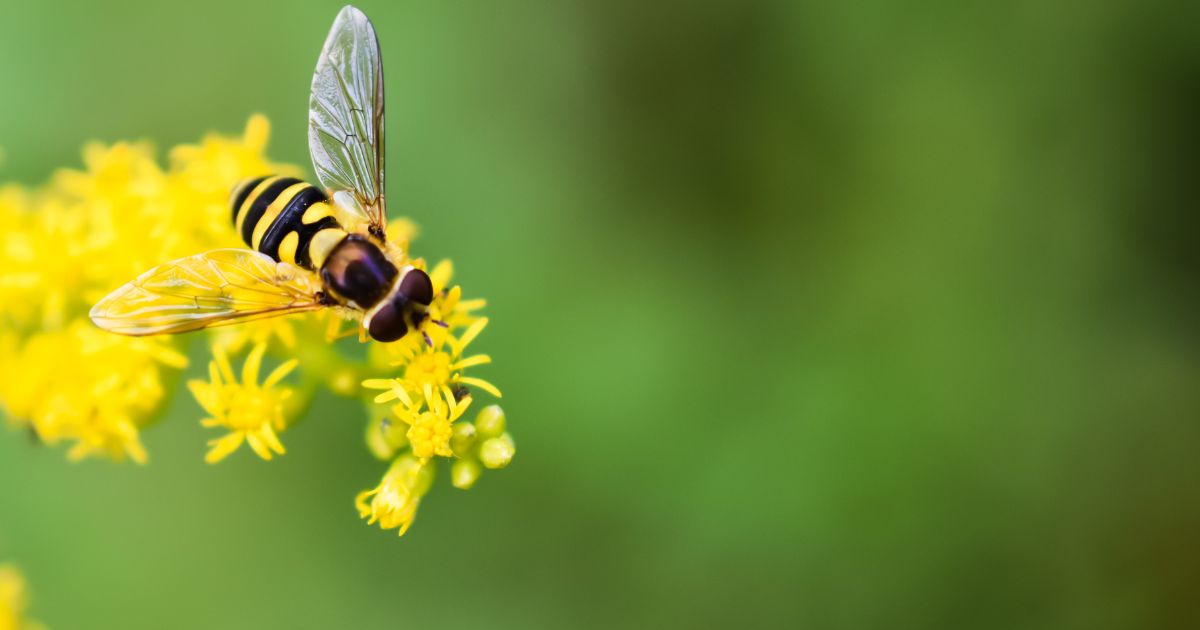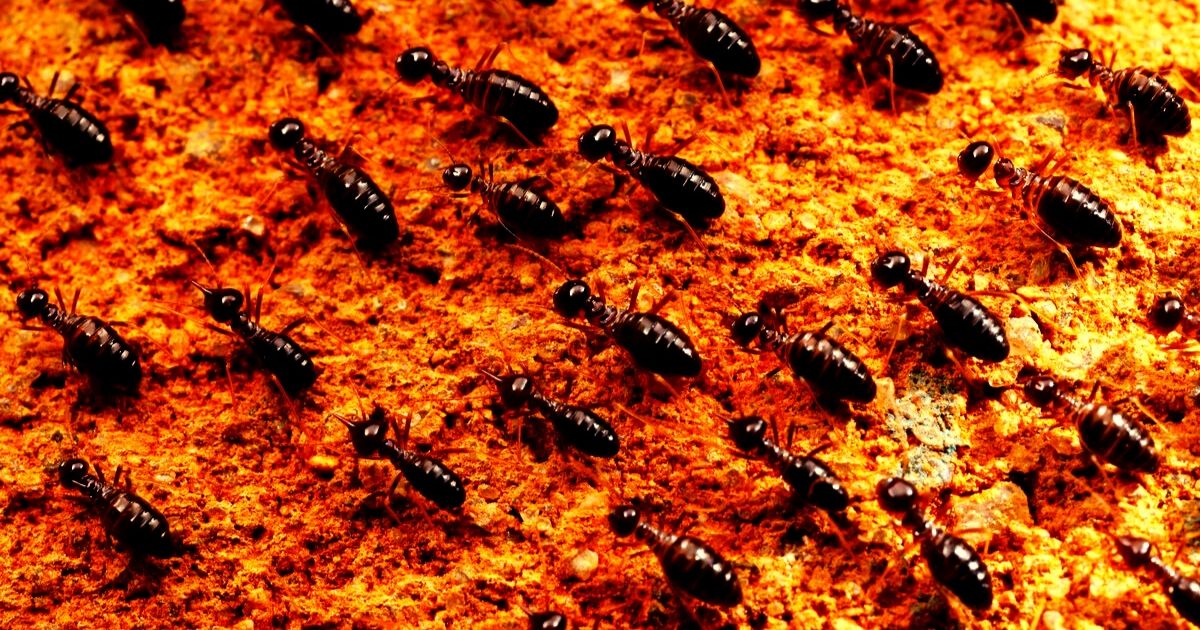The Ultimate Guide to Bee Prevention, Treatment and Control in Singapore

Bees are one of the most important pollinators. Without bees and other pollinators such as flies, butterflies and beetles, we would not be able to produce enough crops to feed the global population. Having said that, the presence of bees on some occasions may cause inconvenience and disturbance to humans.
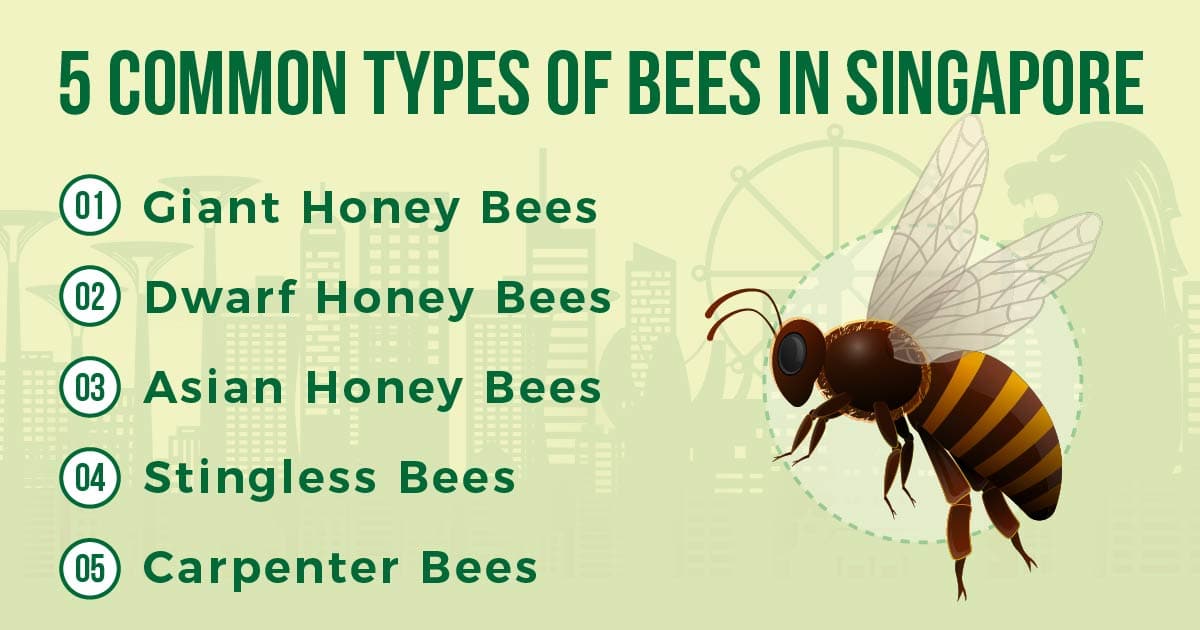
Types of Bees in Singapore
There are more than 20,000 species of bees in the world. The honey bees might be the most famous type of bee. Other species are important to the ecosystem too.
What are some of the common species of bees found in Singapore?
Giant Honey Bees
The giant honey bees (Apis dorsata), also known as Malayan honey bees, get their name from their large size. Giant honey bees can become 17 – 20mm in length. This species usually has their nests built in an exposed area far off the ground.
Giant honey bee nests are commonly spotted on tall trees and building structures. The nests consist of large single combs that can reach up to 1.5m in length and 1m deep. The combs can be seen hanging down tree branches or other structures.
Dwarf Honey Bees
The dwarf honey bees (Apis florea) are small-sized (7 – 10mm long) honey bees. They are commonly found in the tropical region. The dwarf honey bees build single combs as their nests. The combs can be found around small tree branches instead of hanging down the branches as in the case of giant honey bees.
Asian Honey Bees
The Asian honey bees (Apis cerana) are approximately 10mm in length. They are known to nest in empty spaces and cavities so they can be found in attics and roof cavities. Some of the cavities or enclosed openings are unreachable for humans. Thus, it is more difficult to get rid of their nests compared to the nest of outdoor species.
Stingless Bees
The stingless bees (Trigona spp.) are very small sized, measuring around 3 – 5mm. They also build their nests in cavities. Sometimes they can be seen entering or exiting the nests through an entrance tube. As their name suggests, a stingless bee cannot sting, but it can still bite when it feels threatened.
Carpenter Bees
The carpenter bees (Xylocopa spp.) are the largest in Singapore. They are about 20 – 30mm in length and are usually dark-coloured. The carpenter bees form their nests by creating burrows in solid wood which branch out into parallel passageways. Carpenter bees are solitary bees which live singly or in small groups and they do not form colonies. Although the sight of these bees can be intimidating due to their large size, they are relatively harmless unless disturbed.
Mason Bees
Mason bees are unusual in that they collect mud to construct bee nest. These types of bees are relatively small, ranging from 6 – 10mm, and have a black or metallic blue colour. You may find these pollinators in urban gardens around Singapore.
Leafcutter Bees
Leafcutter bees use pieces of leaves to build nests. They are also tiny creatures with a black and metallic green colour. You will find leafcutter bees in Singapore’s parks, gardens and other green outdoor environments.
Sweat Bees
As their name implies, sweat bees ar attracted to sweat. Human sweat to be precises. Sweat bees have a metallic, green colour and they spend their time in gardens and parks around Singapore.
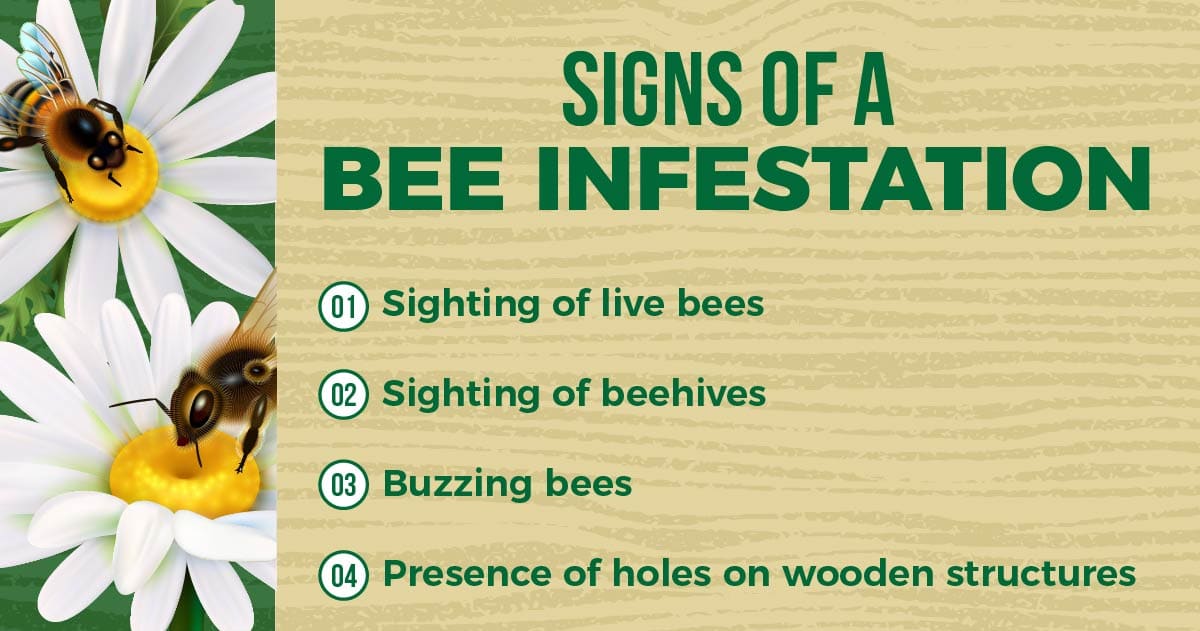
Signs of Bee Infestations
1. Sighting of Live Bees
Sighting of bees is one of the most obvious signs that indicate an infestation. Seeing bees flying in or around your house may indicate that their hive is nearby. Follow the path of their flight and you might be able to trace their nests.
2. Sighting of Beehives
The presence of a beehive indicates that your house is infested with bees. The hive is located on the branches of the plants in your home. In some cases, the hive is concealed in empty spaces in the building. A large number of bees surrounds a beehive. Thus, it is not difficult to identify a hive once you have spotted it.
3. Buzzing Bees
In some cases, house owners may not be able to spot bees. This is because bees build their nest high up from the ground. However, due to their large number, the buzzing sound that they produce may lead you to their nests.
4. Presence of Holes on Wooden Structures
Carpenter bees create burrows in wooden structures and leave a hole on the surface of the wood. If you have been noticing holes on your furniture or wooden decorations, you might be having carpenter bees in your house.

Life Cycle and Biology
Most bees are social insects that live in colonies and practice division of labour. The three functional castes in a bee colony are the:
- Queen
- Workers
- Drones
The queen’s primary function is to reproduce and maintain the unity of the colony.
The workers are responsible for maintaining the nest, tending to the young ones and the queen, protecting the nest as well as foraging for food.
Drones are males whose primary function is to mate with an unfertilised queen. They die shortly after mating.
If the queen dies, a new queen gets selected. The new queen is fed with royal jelly (a nutrient-dense substance that is essential for the development of a queen bee) by the workers.
Bees undergo complete metamorphosis. Their life-cycle consists of four stages:
- Eggs
- Larvae
- Pupae
- Adulthood
In a honey bee colony, a queen bee can produce thousands of eggs per day in the hexagonal cells that form the honeycomb. Fertilised eggs will hatch into female workers. Unfertilised eggs will become males (drones).
The bee larvae are white, legless and require the workers to feed them. The larvae grow into pupae. During this stage, the wings, legs and eyes form, transforming the white coloured worms into the bee that we know. During the pupal stage, the bees do not eat so they depend on all the nutrients stored when they are in the larval stage.
Adult bees then emerge from the wax cells to fulfil their tasks as a member of the colony.
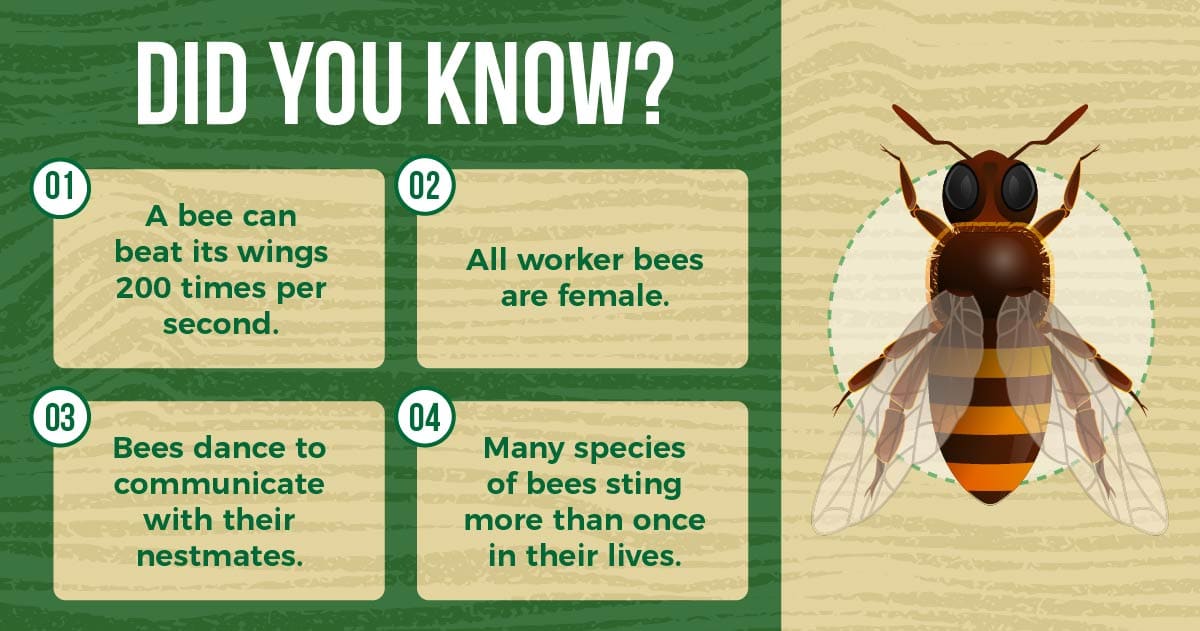
Hazards
Pain Caused by Bee Stings
One major reason that many people fear or detest bees is their ability to sting. Bee stings can be painful and annoying. Bees sting to protect the colony when they feel threatened, and for honeybees, they lose their lives doing so.
When a honey bee stings a human, it is not able to pull out its stinger, so when it tries to escape after stinging, it will break off the rear part of its body and damage its internal organ.
Other species of bees have a smooth stinger that can be removed from human skin after getting stung, causing them to be able to sting more than once in their lifetime.
Warning: Allergic Reaction to Bee Stings
To most people, bee stings cause pain that goes away after a few days or even hours. However, to people that are allergic to bee stings, the reaction can be lethal in severe conditions.
Severe allergic reactions do affect not only the skin but also cause swelling of the throat, difficulty breathing, nausea, dizziness and loss of consciousness. In most cases, medical attention is not required for a bee sting. If severe allergic reactions develop, you should seek medical care immediately.
Structural Damage Caused by Carpenter Bees
The carpenter bees get their name from the fact that they affect wooden structures. They do not consume the wood, but they create burrows and nest inside the wood. Carpenter bees create passageways and tunnels to make space for their eggs and young ones. They cause damage to the aesthetics of the wooden structures by forming holes on the surface of the structures. In doing so, they cause risks to the stability of the structure.
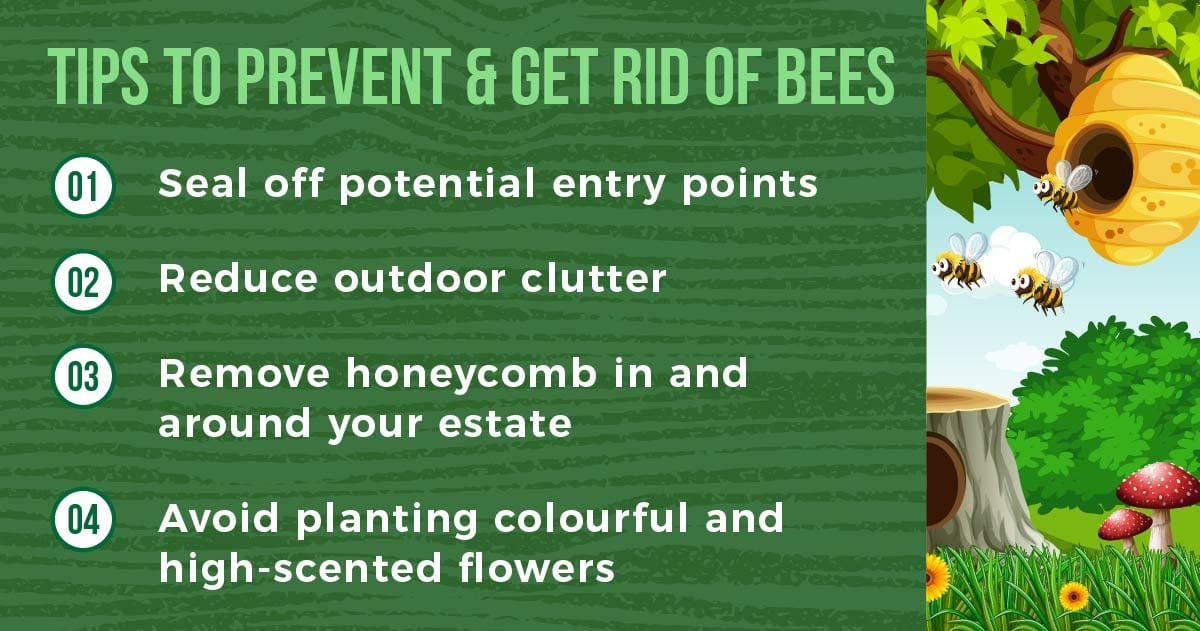
Tips to Prevent and Get Rid of Bees
1. Seal off potential entry points
Bees can access a hole with only a quarter of an inch, approximately 0.6cm. We recommended inspecting your premise for any possible entry points for bees. The entry points found can be sealed up using durable materials such as caulk-based silicone, metal screen or hardware cloth. However, this method needs to be carried out before a bee swarm is present.
2. Reduce outdoor clutter
Remove or reduce clutter around the house can prevent bees from nesting in the yard. Unused items, appliances and lawn equipment around the house can attract bees to build their hive. What’s the reason for that? Unused materials and equipment can provide shelter for bees to thrive, especially when the house is surrounded with plants and flowers (presence of food source).
3. Remove honeycomb in and around your estate
Make sure there is no honeycomb left in and around your house. The presence of honeycomb left by previous beehives will release pheromone scent that can attract newcomers. Honeycombs are usually located inside inaccessible areas such as attics and roof eaves. Hence, sometimes we may need to repair a roof portion after removing the honeycomb.
4. Avoid planting colourful and high-scented flowers
Flowers that are blue, violet, purple, yellow and white can attract bees to come and thrive. Also, planting high-scented blooms will further lure them into coming over to your garden.
If you wish to have beautiful and colourful flowers in your yard but do not want them to become one of the bees’ favourites, you can opt to plant trumpet-shaped flowers such as morning glory and narcissus. These trumpet-shaped flowers do not look much appealing to bees as it is difficult for bees to reach for the nectar.
DIY Methods to Prevent and Get Rid of Bees
There are some methods to deter bees from nesting around your house without killing them. These methods make use of the strong smells released from substances or plants. For example, mothballs. Bees do not like the odour of mothballs.
You can hang mothballs around areas where bees are active. This will help keep bees away. You can also plant the following:
- Mint
- Citronella
- Eucalyptus
These three act as strong bee repellents. Mint, citronella and eucalyptus are easy to grow and help enrich your garden.
If it is too late to deter bees (if they have already built their nest in your house), you can try to scatter some cinnamon around their nest. The strong smell released by cinnamon can make bees relocate to another place for nesting.
Natural Bee Repellents
Let’s take a closer look at how to repel bees the natural way. There are some safe and natural bee repellents. Note that we always prefer safe relocation of bees over any method that can potentially harm or disrupt bees. Only use the natural bee repellents if the need is urgent, but think about whether a bee relocation done by a professional is a better way to get rid of bees. Please also only use these repellents with care. For example, you should not spray onto bees or bee hives directly to ensure the ecosystem remains intact.
How to repel bees:
- Essential oils: Various essential oils are both powerful and safe to use. These include tea tree, lemongrass, peppermint and eucalyptus oils. Mix the oils with water to create a strong natural bee repellent and spray it on the areas you want to protect.
- Vinegar: Sour scents are not what bees like. It is one of the smells that bees repel heavily. Vinegar is natural sour scent that you can mix with water in a spray bottle.
- Cinnamon: Cinnamon is a cheap, natural bee repellent. All you need to do is purchase cinnamon powder and place it in the areas where the bees are active.
- Garlic: We all know about the healing properties of garlic, but did you know what it is also one of the plants that bees repel? Just crush up some garlic gloves and place them in the areas where bees are active.
Pro Tip: Pest management professionals can help you get rid of bees and relocate them in a safe and effective way.
Professional Bee Treatment
The preferred method for treating bees is relocation rather than extermination. After removing beehives from a property, they can be relocated to a safe environment.
Bees that we commonly encounter are generally non-aggressive. However, their presence may worry some people as they can sting when provoked. Killem’s team of trained pest management professionals has all the experience needed to handle bees in a safe way.



